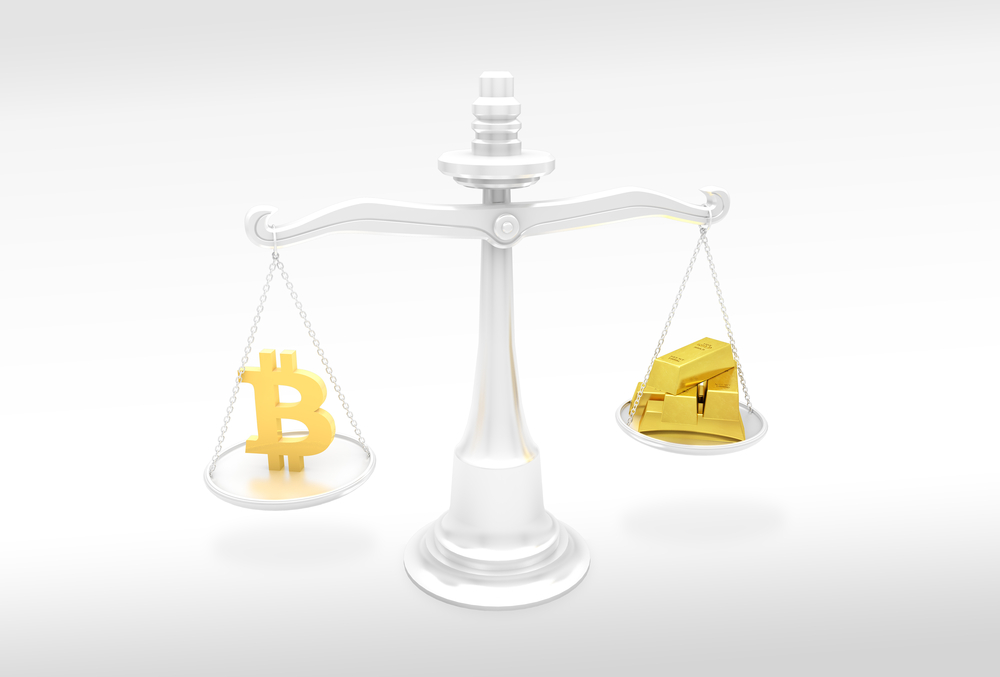Diversifying one’s investment portfolio remains a top priority, even in the year 2017. All markets are subject to volatility, which always creates a growing demand for store-of-value options. Both Bitcoin and gold are quite attractive in this regard, as they both have their advantages and drawbacks. However, both assets should be part of any serious trader’s portfolio and this article will explain why.
Bitcoin and Gold Are a Safe Store of Value
Most people invest in assets and currencies for one of two reasons. Either they want to make a profit over time, or they want to protect their current wealth from losing value. Finding investment opportunities which can gain in value has become a lot harder these past few years. In fact, most traditional options only lose their value over time, making them unsuitable to hedge against market volatility.
Gold always had a certain appeal to investors all over the world. It is a globally recognized as a valuable item, which can be converted to nearly any fiat currency. Gold is also somewhat easy to transport in small quantities, and there will always be demand for this commodity. Moreover, gold is scarce, which makes it a decent store of value solution. Most investors and traders have had gold as part of their portfolio for quite some time now, and that will not change anytime soon.
Most of these principles apply to Bitcoin as well. One can convert Bitcoin to fiat currency at any given moment, either through exchanges, peer-to-peer marketplaces, or ATMs. It is also globally available, albeit it is not as widespread as gold in this regard. That situation may come to a change though, as gold has been in circulation for centuries, whereas Bitcoin is only nine years old. Bitcoin is also more scarce than gold, since we know the exact amount of coins in circulation, as well as its hard supply cap. For gold, these two factors are somewhat hard to determine.
One thing Bitcoin has in its favor is how it can easily be transported regardless of its quantity. Since a Bitcoin balance is stored digitally, it can reside on a computer, laptop, smartphone, or even a hardware wallet the size of your average USB drive. Gold on the other hand, is often transported in its physical form or through a paper variant, which acts as an IOU. Many people prefer the digital format over paper or physical weight though, as moving gold around the world in a digital form remains quite difficult.
The same applies to storing gold, as it is rather inefficient to do so when dealing with large quantities. Investors can store bullion at home – which is never a safe option – or have someone else store it on their behalf. Involving third parties means investors give up control over their bullion, which is not something everyone is comfortable with. Bitcoin is very different in this regard, as it is perhaps the only efficient form of value anyone can store themselves with relative ease. It does require some technical expertise to do so, though.

In the end, gold is not better than Bitcoin or vice versa. Both types of assets have their appeal and issues investors need to take into account. Bitcoin has gained value over the past few years, whereas gold hovers around the same price point most of the time. Both assets have earned their rightful place in any investment portfolio, as they both serve the same purpose through different means. It is good to have both gold and Bitcoin in any investment portfolio these days.
If you liked this article, follow us on Twitter @themerklenews and make sure to subscribe to our newsletter to receive the latest bitcoin, cryptocurrency, and technology news.

